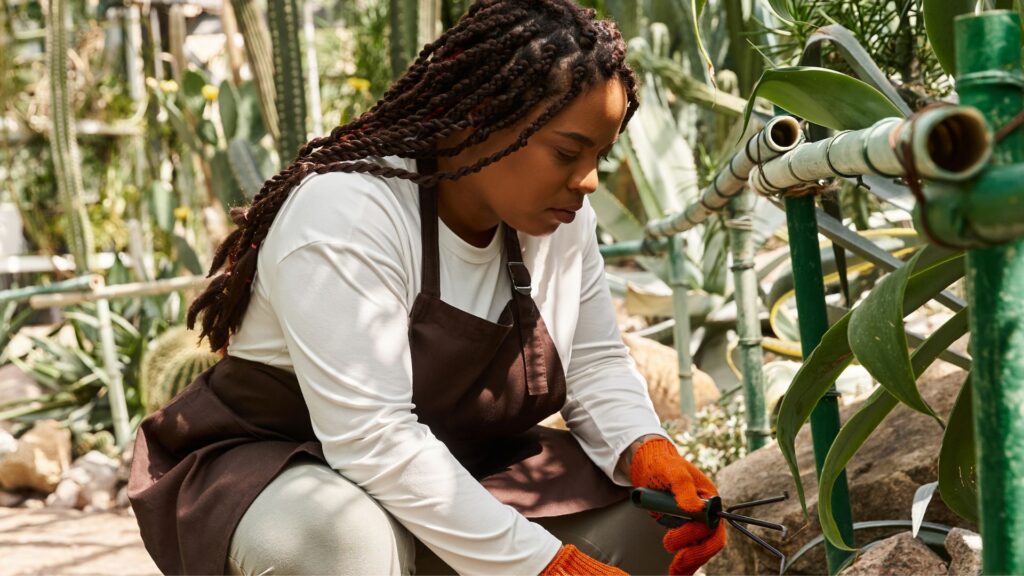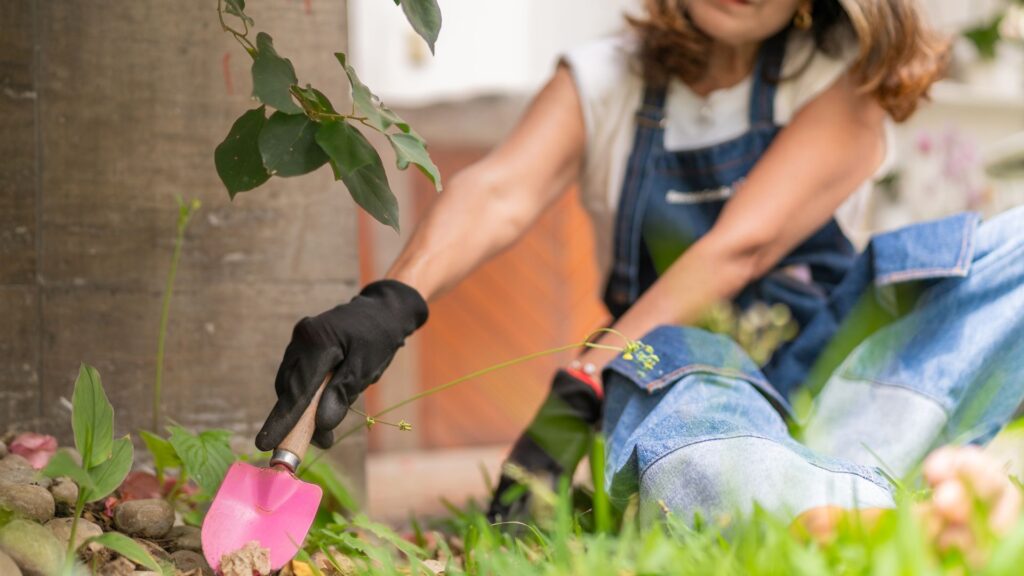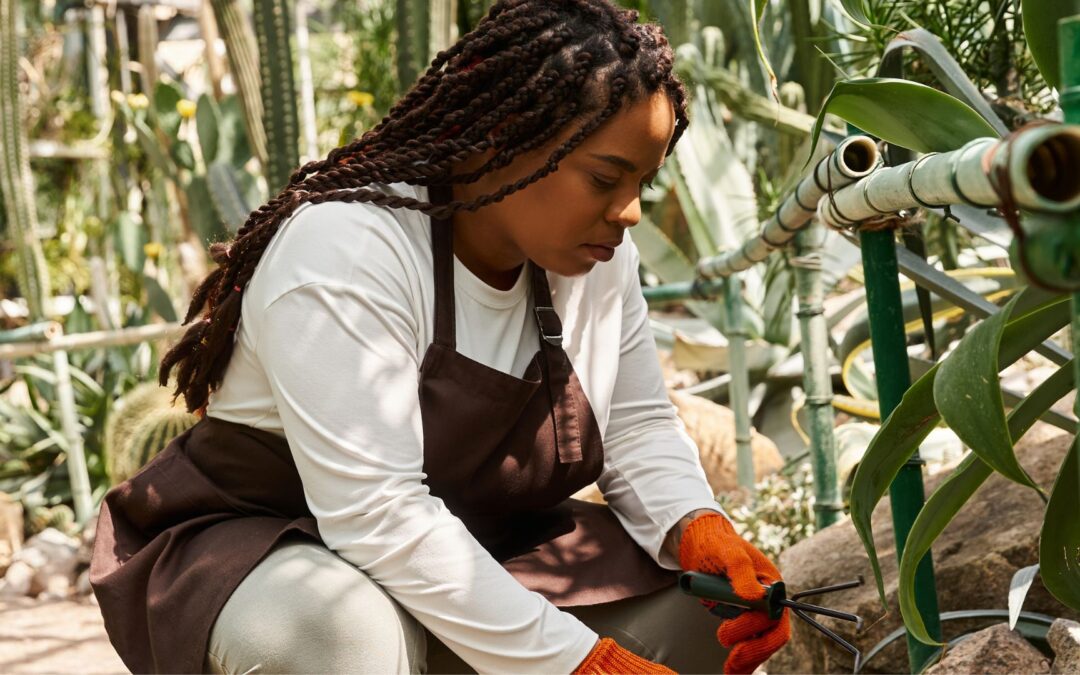
Before you start your gardening routine, check My First Visit guidelines. Gardening is rewarding but can place stress on your spine, hips, and shoulders. Long periods of bending, kneeling, or lifting can lead to pain if proper spine-smart habits are not followed.
Understanding Spine Mechanics in Gardening
The spine is designed to move but also requires support from muscles to prevent strain. Key areas affected during gardening include:
- Lumbar spine – supports bending and lifting
- Thoracic spine – stabilizes upper body while reaching
- Shoulders and scapular muscles – control arms during planting or pruning
- Core and glutes – provide support and balance
Pain often occurs when muscles fatigue or posture is compromised during repetitive tasks.
Common Causes of Gardening-Related Pain
- Prolonged bending or stooping without breaks
- Twisting while lifting pots or soil bags
- Weak core or glute muscles causing lumbar strain
- Overstretching while reaching high or low areas
- Kneeling without padding or support
Spine-Smart Habits for Pain-Free Gardening
1. Use Proper Lifting Techniques
- Bend at the knees and hips, not the back
- Keep heavy objects close to your body
- Avoid twisting while carrying soil, pots, or tools
2. Take Frequent Breaks
- Shift positions every 15–20 minutes
- Stand, stretch, or walk around to relieve spinal pressure
3. Use Tools Wisely
- Long-handled tools reduce bending
- Ergonomic handles decrease shoulder and wrist strain
- Raised garden beds or containers minimize stooping
4. Stretch and Mobilize
- Hamstring stretches – reduce tension on lower back
- Hip flexor stretches – counteract prolonged sitting or kneeling
- Thoracic spine extensions – improve posture while reaching
5. Kneeling and Sitting Options
- Use knee pads or cushions to reduce joint stress
- Consider a small garden stool to alternate between sitting and kneeling
Exercises to Support Gardening
- Glute bridges – strengthen hips to stabilize the lower back
- Bird dogs – coordinate core and back muscles for safe bending
- Seated spinal twists – maintain thoracic mobility
- Cat-cow stretches – gently mobilize the spine before gardening

Integrating Chiropractic Care
Chiropractic care can enhance gardening comfort by:
- Ensuring proper spinal alignment
- Reducing muscle tension in the back, hips, and shoulders
- Providing personalized exercise recommendations
- Improving posture to prevent repetitive strain
Combining spine-smart habits with chiropractic guidance promotes long-term comfort and reduces the risk of injury.
Final Thoughts
Gardening can remain enjoyable and pain-free with mindful posture, proper lifting, stretching, and supportive exercises. By integrating these spine-smart habits into your routine, you can protect your back and enjoy every gardening session.
For personalized advice on spinal care and gardening safety, schedule your visit through Contact or Visit.
